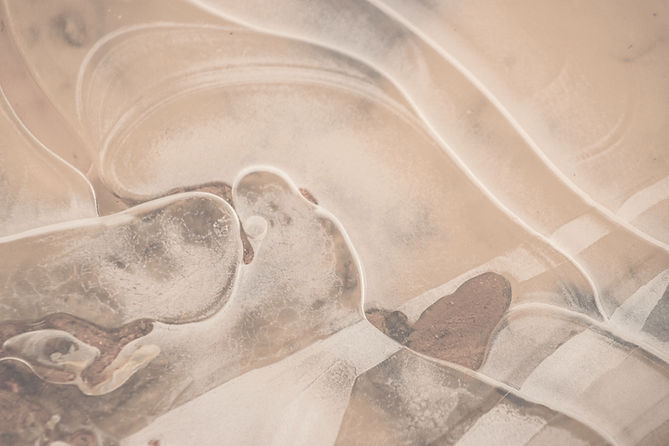
Research
01
In this work, a novel formulation is developed to prepare photocurable polyurethane acrylate (PUA) resin with a low dielectric constant for 3D printing applications. The metalized substrates exhibited excellent adhesion, passing the adhesion test to Class 5B. These characteristics are sufficient for the practical applications in 3D printing technology, especially since the low dielectric constant has the opportunity to replace traditional rigid FR-4 substrates in the application of 5 G flexible boards and films. In summary, a novel synthetic method is successfully developed to prepare low-dielectric constant resin for LCD 3D printing. This research opens new ground for the development of UV-curable formulations in flexible 3D architectures.



02
The laser treatment approach is simple, cost-effective, and applicable to non-planar 3D substrates, and the usefulness of this method was demonstrated by fabricating a 5G/Sub-6 GHz antenna with good device performances.
03
Appropriate surface treatment can improve the possibility of bonding with a thermally responsive palladium nanocomposite catalyst (St-co-NIPPAm/Pd), which acts as an activator and adhesive interlayer for selective electroless nickel plating.


04
pH responsive behavior of the copolymers (St-co-DMAEMA) beyond and below pKa, characterized by deprotonation of the amine group at high pH, thereby decreasing repulsion between chains to resist the erosion of chemical copper solution.
05
A new approach for developing a high-strength composite laminate which is lighter and thinner than the conventional Kevlar laminate and can still meet the Class IIIA standard of NIJ 010106 for bulletproof vests.
